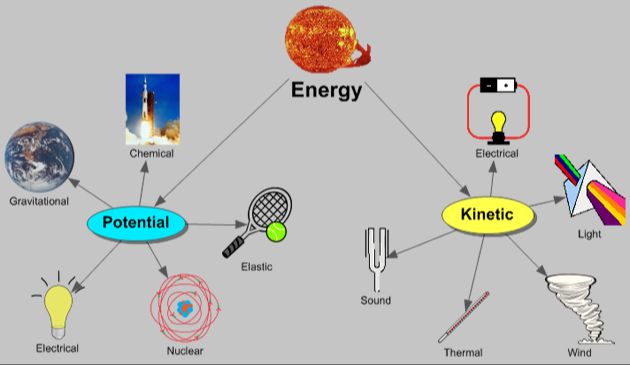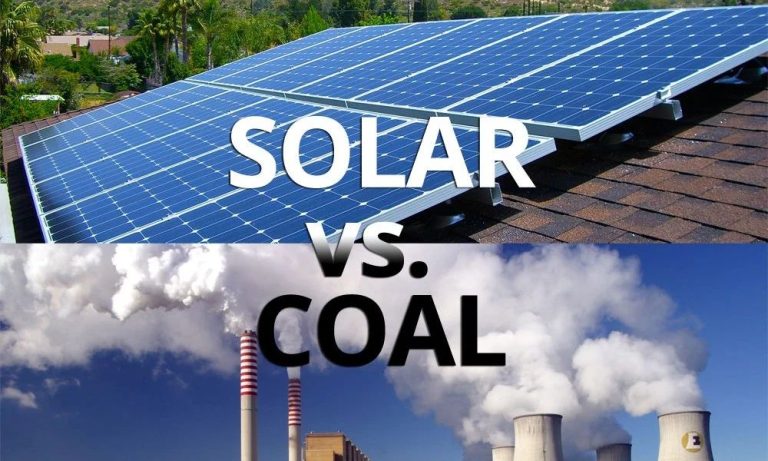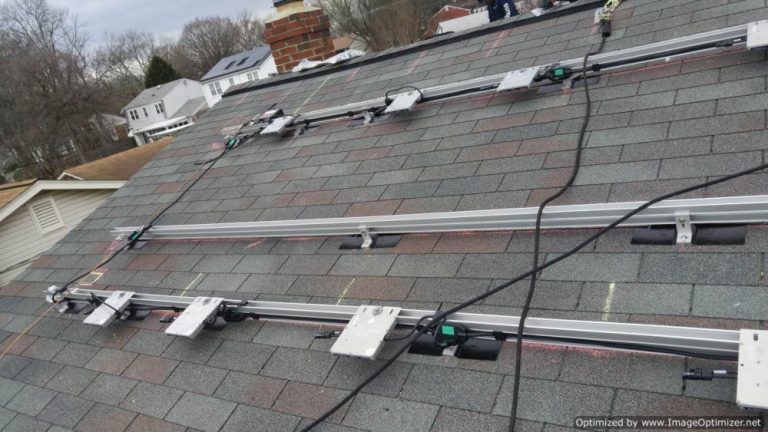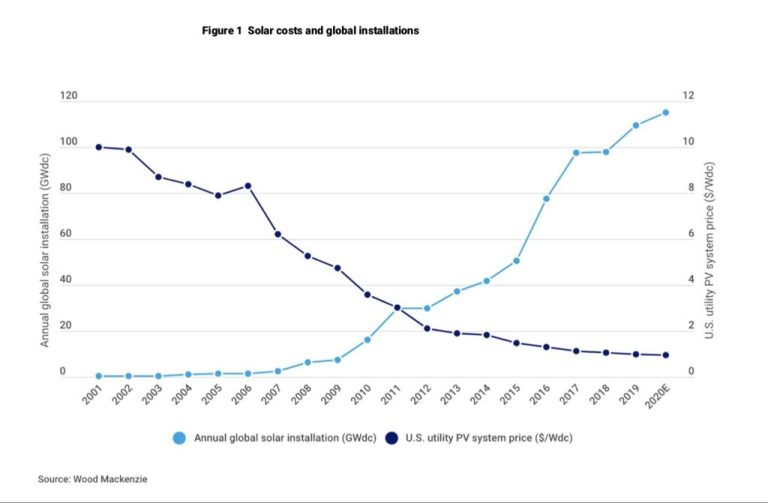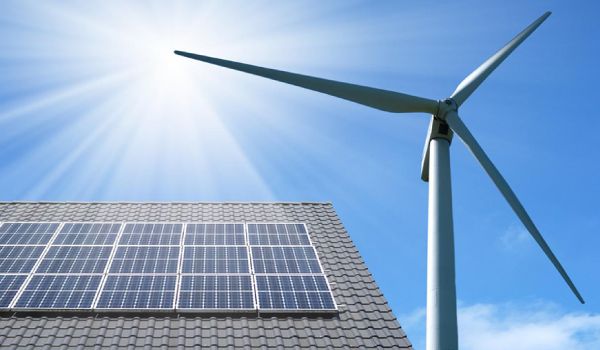How Much Solar Power Do You Need To Run A House?
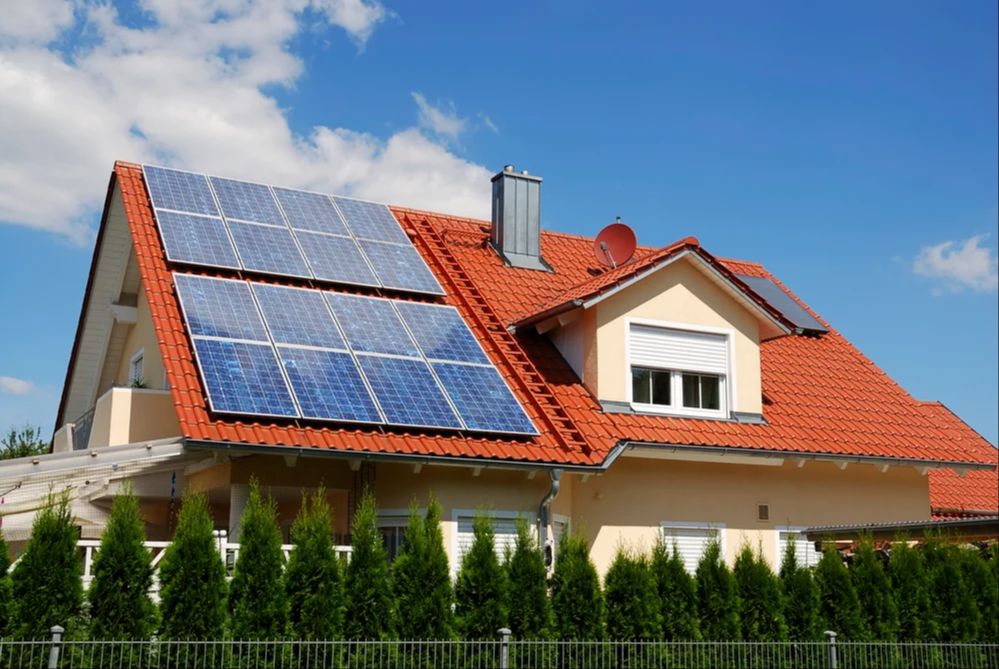
Solar power for homes has become increasingly popular in recent years, with more and more homeowners looking to solar as a clean and renewable source of electricity. According to Pew Research, residential solar installations grew 34% from 2020 to 2021 in the U.S., reaching 3.9 gigawatts in 2021. As of 2020, 3.7% of U.S. homes had solar panel systems installed (U.S. Energy Information Administration). With such rapid growth, many homeowners are now asking – how much solar power do I need for my house?
Knowing the right solar system size for your home is crucial – too small and you won’t produce enough electricity to meet your needs, too big and you’ll be wasting money. This article will walk through the key factors to consider when determining your household’s solar power requirements. We’ll look at how much power home appliances use, how to calculate your overall electricity usage, how much power solar panels generate, battery storage options, costs, and more. The goal is to provide homeowners with the information needed to determine the ideal solar system size to run their house efficiently and effectively.
Typical Home Energy Usage
The average home in the United States uses about 893 kWh of electricity per month. This can vary significantly based on the size of the home, number of occupants, appliances used, and climate where the home is located. According to the U.S. Energy Information Administration (EIA), the breakdown of average electricity usage per month for a U.S. home is:
- Lighting – 150 kWh
- Refrigeration – 100 kWh
- Water heating – 180 kWh
- Electronics – 180 kWh
- Space heating and air conditioning – 283 kWh
The largest electricity draws are from heating/cooling systems and water heaters. Upgrading to more energy efficient models can help reduce electricity usage. The number of occupants and overall square footage are also major factors, with larger homes requiring more energy for lighting, cooling, appliances, etc. Location and climate also impact energy needs for heating and cooling.
On the lower end, an energy efficient 1,000 sq ft home in a temperate climate with 2 people may use 500-600 kWh per month. On the higher end, a larger 3,000 sq ft home in an extreme climate with 4+ people could use over 1,500 kWh per month. Knowing your typical kWh usage is key for properly sizing a solar energy system.
Sources:
Average Home Energy Use Per Month
Average Household Energy Consumption Per Month
Factors That Impact Solar Power Needs
There are several key factors that determine how much solar power you need to run a house:
House size – Larger homes require more electricity for lighting, heating/cooling, and running appliances. A typical 2,000 square foot home may need between 15-25 solar panels, while a 4,000+ square foot luxury home may need 40+ panels [1].
Appliances and devices – The types of appliances and electrical devices used in the home impact energy needs. Homes with electric appliances like stoves, dryers, and air conditioners will require more solar power.
Climate and location – Homes in extremely cold or hot climates will require more power for heating and cooling. Cloudy locations may also need more panels to generate sufficient solar energy.
Number of occupants – More occupants means increased power usage for lighting, hot water, appliances, etc. The number of people living in the home must be factored in.
Calculate Your Home’s Energy Needs
To determine how much solar power you need for your home, the first step is to calculate your home’s total energy usage. Here are some guidelines for estimating your energy needs:
Make a list of all electric devices and appliances in your home. For each one, note the wattage – this can usually be found on a label on the device or in the owner’s manual. If you don’t know the exact wattage, you can estimate using standard appliance wattages.
Estimate the number of hours per day each appliance is in use. Consider season variations as well – for example, lights are used more in winter, while air conditioning runs more in summer.
Multiply the wattage by the estimated hours of use per day for each appliance and add up the totals. This will give you your home’s estimated daily power consumption.
Multiply the daily total by 30 to estimate your home’s monthly energy usage. Electric bills can help refine your estimates – look at your home’s average monthly kilowatt-hour usage.
Remember to account for future energy needs if you are expecting major appliance upgrades or additions. An energy audit can also help determine where your home is losing energy.
Online calculators like those from the U.S. Department of Energy can simplify these calculations and provide more accurate estimates of your home’s energy needs.
Solar Panel Output
The output of a solar panel is measured in watts, which indicates how much power it can produce at peak performance. Most residential solar panels range from 250 to 400 watts, though more efficient panels are now reaching over 500 watts.1
To estimate the annual kilowatt-hour (kWh) output of a solar panel, you take the wattage and multiply it by the estimated hours of peak sun per day in your location. For example, a 300 watt panel in an area with 4 hours of peak sun would produce around 1.2 kWh per day (300 x 4 = 1200 watt-hours or 1.2 kWh). 2
Factors like weather, sunlight hours, and panel orientation impact actual production. But in general, a higher wattage solar panel will produce more kilowatt-hours over the course of a year.
How Many Solar Panels Are Needed
To determine how many solar panels are needed for a home, you first need to calculate your home’s energy needs. The average home uses around 10,000 kWh per year (Source). However, energy needs can vary significantly based on the size of your home, number of occupants, appliances, climate control needs, and more.
Once you know your annual energy usage, you can divide that by the estimated annual production of a single solar panel in your area to get the minimum number of panels needed. For example, if you use 12,000 kWh per year, and solar panels in your area produce around 250 kWh per year, you would need at least 12,000 / 250 = 48 panels (Source).
It’s best to round up and add some extra panels to account for system inefficiencies, future energy increases, and lower winter production. Most solar installers recommend adding an extra 20-30% above the minimum panel calculation.
There are also online calculators that can help determine how many solar panels you need based on your location and energy use. Getting multiple quotes from solar installers is another good way to right-size a system. They will assess your specific home energy needs and recommend an appropriately sized solar array.
Battery Storage
Battery storage may be necessary for some homes to store excess solar energy produced during the day for use at night when solar panels are not actively generating electricity. However, battery storage does add significant cost to a solar system. There are a few factors to consider when deciding if battery storage makes sense:
How much electricity does your home use at night? If your home uses very little electricity overnight, battery storage may not provide enough benefit to justify the expense. Look at your electricity bills to understand your usage pattern.
Is net metering available? With net metering, any excess solar electricity produced during the day gets fed back into the grid, earning you credits at the retail rate of electricity. This is often enough incentive without needing stored power at night. Check if your utility offers net metering.
Are there time-of-use rates or peak demand charges? Some electricity pricing has very high rates during peak afternoon hours or overnight. For these homes, battery storage helps avoid peak charges by storing lower-cost midday solar power for use later.
If you do want storage, you’ll need to size the battery bank to your needs. As a rule of thumb, plan for 3-5 days of backup power to cover stretches of cloudy weather. Calculate the battery capacity in kilowatt hours based on your typical daily consumption. Tesla’s Powerwall is a popular and aesthetic option for residential battery storage [1].
Financial Considerations
When deciding whether to install solar panels, it’s important to consider the return on investment (ROI). The ROI on solar panels can vary greatly depending on your specific situation, but the average ROI in the U.S. is around 10% (Quicken Loans). This means it could take 7-10 years to recoup your initial investment through electricity bill savings. However, solar incentives and net metering programs can improve ROI.
There are federal, state, and local incentives that lower the upfront cost of solar panels. The federal solar tax credit provides a 26% tax credit for systems installed in 2022-2023, which drops to 22% in 2024 (Forbes). Many states and utilities also offer additional rebates and performance incentives. These financial incentives can reduce payback period and improve ROI.
Net metering also boosts ROI by allowing excess solar power to be sold back to the grid. When your solar panels generate more electricity than your home is using, the excess is exported to the grid and your utility company pays you retail rate prices for that excess power. This further offsets electricity costs and improves the economics of installing solar panels.
Installation and Maintenance
Installing a solar PV system on your home requires hiring licensed solar contractors to ensure proper permitting, electrical work, roofing work, and adherence to building codes. The installation process typically takes a few days to a couple weeks depending on system size. Key steps include inspection of the roof, structural upgrades if needed, mounting rack installation, wiring, inverter setup, and local inspections. End-to-end costs for solar installation fall between $2 to $4 per watt, with the national average around $2.70 per watt according to EnergySage.
Solar panels require minimal maintenance over their 25+ year lifespan. Basic upkeep involves inspecting wiring connections, cleaning panels 1-2 times per year, checking inverter operation, and trimming overhanging tree branches. Annual solar maintenance costs range from $150 – $350 for a typical residential system according to Fixr. Preventative maintenance helps maximize power production and extend the system lifetime.
Conclusion
In summary, determining how much solar power you need for your home depends on calculating your household’s energy usage, the solar potential of your location, the output of the solar panels, and your budget. Most homes need between 10-25 solar panels, on average, to offset their electrical needs. Going solar requires an upfront investment, but can pay off over the long-term through energy bill savings. Work with a qualified solar installer to analyze your specific home energy profile and design a custom solar system to meet your household’s needs. With the right solar setup, you can effectively power your home with clean, renewable energy.
< p>To figure out the ideal solar system for your home, get an energy assessment to analyze your electricity usage, maximize energy efficiency first to reduce your needs, evaluate solar panel options and battery storage, check financial incentives, and get quotes from reputable installers. With careful planning and quality equipment, solar power allows you to tap into free sunlight, reduce environmental impact, gain energy independence, and cut electricity costs.

